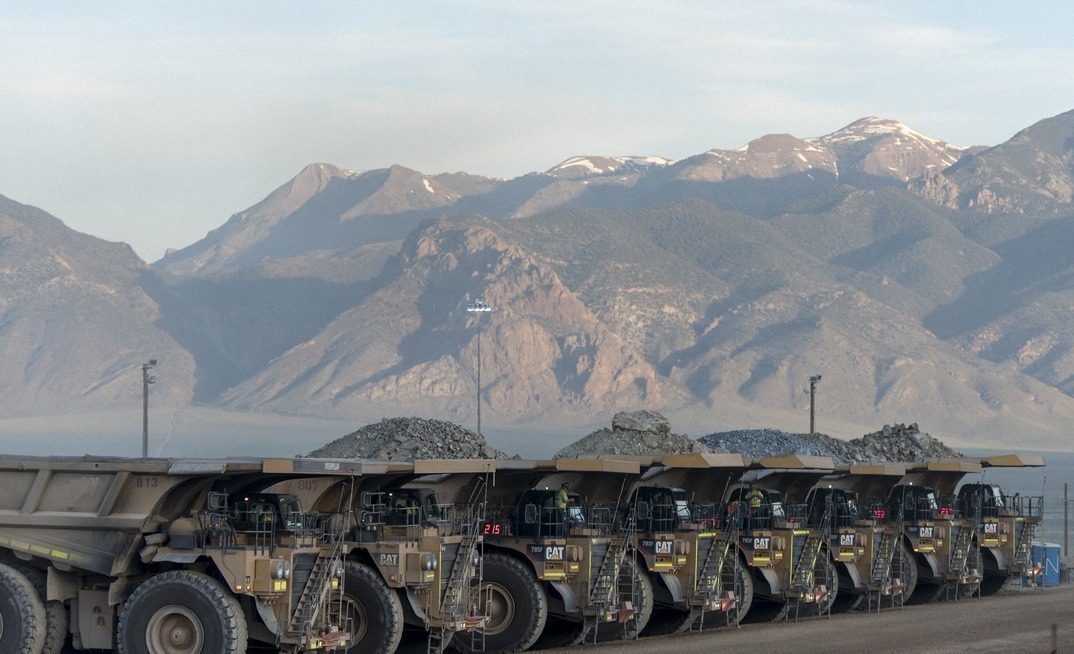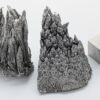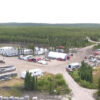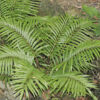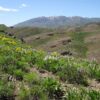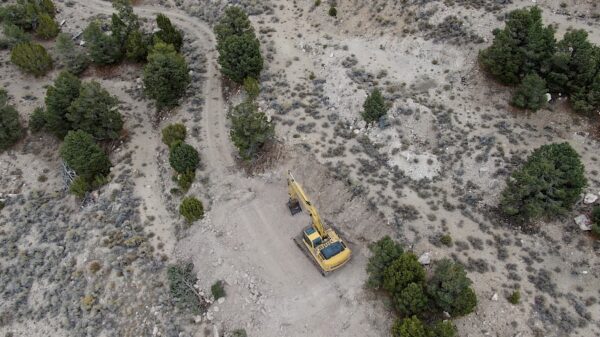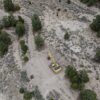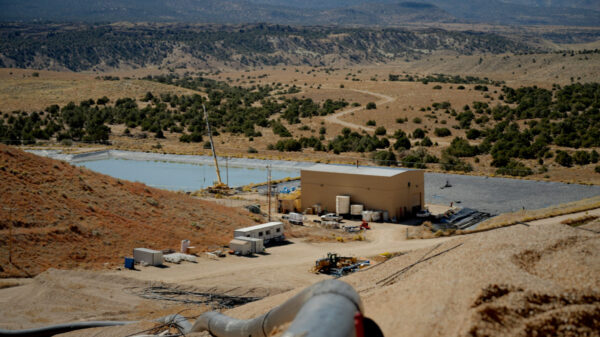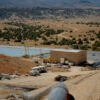Kinross Gold U.S.A., Inc., a Kinross Gold Corporation (TSX: K) (NYSE: KGC) subsidiary, successfully found a 1,251 foot thick structurally complex section of lower plate carbonates at approximately 2,346 feet at the Nevada-based property it’s been drilling on since July.
Riley Gold Corp (CVE: RLYG) (OTCMKTS: RLYGF) made the announcement on Friday. Kinross and Riley Gold have an earn-in deal in place for the Pipeline West/Clipper Gold Project in the Battle Mountain-Eureka trend in Nevada. The deal stipulates Kinross can pick up 75 per cent of the property once its spends approximately USD$20 million.
In July 2024, Kinross began drilling its first exploratory hole (PW24-01) as part of a project to search for gold-rich rock layers similar to those found in the Carlin Trend. This hole, reaching a depth of 3,597 feet, was located based on detailed geological and geophysical studies. The goal was to map the rock layers in an unexplored 25 km² area where no deep drilling had been done before.
The drilling uncovered a 1,251-foot section of complex rock formations starting at a depth of 2,346 feet. They found 1,193 feet of a specific type of rock within this section.
This result confirms that the types of rock formations known to contain gold in the nearby Cortez District are present in this unexplored area. They are also within reachable drilling depths, which makes it a promising site for further exploration.
Furthermore, lab results from ALS Labs in Reno, Nevada, confirm that the drilling (PW24-01) encountered geological features consistent with Carlin-type gold systems. These include specific types of rocks and altered structures.
Read more: Calibre Mining demonstrates gold standard for principled mining
Read more: Calibre Mining beats gold guidance for 2024 in Nevada and Nicaragua
The data has provided Kinross with geological insights
In the upper layer, a 5-foot section at 1,587 feet contained gold levels up to 0.29 parts per million (ppm).
Additionally, it contained elevated amounts of other elements like arsenic, antimony, and thallium. Meanwhile, deeper in the lower layer, within a 15-foot section starting at 3,467 feet, the tests found higher concentrations of pathfinder elements such as mercury, arsenic, antimony, and thallium. These elements suggest that gold-rich fluids flowed through the structural features in the rock.
This data has provided Kinross with valuable insights into the area’s geology and will help guide their next steps in the drilling program.
“Finding meaningful gold discoveries in Nevada are time, capital and knowledge intensive; as a result, having experienced partners and operators like Kinross combined with strong technical expertise (Mr. Paul Dobak – Riley Gold) is critical for success,” said Todd Hilditch, CEO of Riley Gold.
Kinross plans to start even more drilling in Q2 2025, guided by gold and pathfinder surface geochemistry results from a successful soil survey. The drilling program will also incorporate further interpretations of the stratigraphy and geochemistry revealed by PW24-01.
Nevada is one of the world’s top gold mining regions, known for its rich deposits, mining-friendly regulations, and established infrastructure. The state hosts prolific gold districts like the Carlin Trend and Cortez District, attracting major miners. Kinross actively explores large untested areas, while Calibre Mining Corp (TSE: CXB) (OTCMKTS: CXBMF) operates the Pan Mine, focusing on efficiency and sustainability. Additionally, Barrick Gold (TSE: ABX) (NYSE: GOLD) continues its extensive operations, contributing to Nevada’s status as a global hub for gold production.
.
Calibre Mining is a sponsor of Mugglehead news coverage
.
joseph@mugglehead.com

